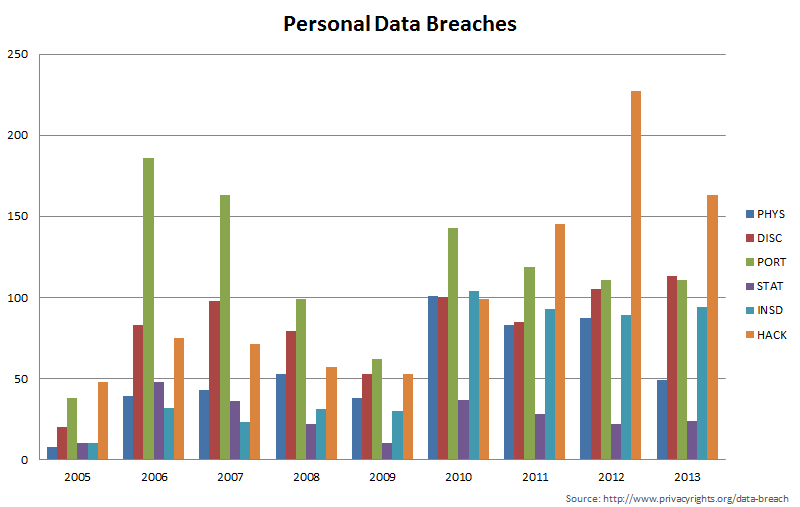Audits and fines associated with audits continue to rise:
Federal and State regulations continue to change causing I-9 compliance to increase in complexity. As an example, some of the recent state regulatory changes are included in the table below:
| Examples of regulatory change | ||
| Alabama | April 2012 | All Alabama employers are required to use E-Verify. |
| Arizona | December 31, 2007 | All Arizona employers are required to use E-Verify. In addition, government contracts can only be issued to businesses using E-Verify. |
| Colorado | 2008 | Requires contractors who enter into or renew public contracts for services with a state agency or political subdivision to participate in either E-Verify or the Colorado Department of Labor and Employment Program. |
| Florida | Jan. 2011 | Requirement for state contractors to use E-Verify applies to “all contracts for the provision of goods and services to the state in excess of nominal value. |
| Georgia | 2011 | Private employers in Georgia with 11 or more employees must E-Verify newly hired full-time employees. |
| North Carolina | July 1, 2013 | Employers with 25 or more employees are required to use E-Verify to check each new employees work authorization. |
| Tennessee | Jan. 1, 2013 | Employers with 6 or more employees must either use E-Verify or retain documents defined in Tennessee Lawful Employment Act. |
| Pennsylvania | Jan. 1, 2013 | Public works contractors & subcontractors must enroll in E-Verify program and perform E-Verifications. |
Employers are responsible for monitoring change to Federal and State regulations and assuring that their company is compliant with all new and modified mandates. It is not always clear regarding the reason behind the initiation of a I-9 audit. The drivers for the audits seem to fall in the following categories:
• A former employee files a complaint with ICE.
• A current, disgruntled employee files a complaint with ICE.
• An anonymous party files a complaint with ICE.
The fact is that the number of I-9 Audits are increasing annually. As such, business enterprises need to be mindful of this increase and work diligently to be prepared.
Audit Initiation Process:
To Avoid Being Caught “ Off Guard”
Best practices include:
Be Prepared: Do not wait until the Notice of Inspection (NOI) arrives. Rather, immediately prepare your organization assuming that a NOI will arrive shortly. Select a single point of contact within your company such that one person is responsible for insuring that the entire company is in "a state of readiness" when a NOI is delivered to your company.
Centralized Storage of Documents: Lack of centralized storage of documents will cause increased amounts of time to gather the requested information and to prepare a consolidated list of materials provided for the ICE Auditors. Typically the employer is allowed only 3 business days to provide the requested records. Decentralized approaches make compliance difficult.
Electronic Storage of I-9 Documents: Centralized, electronic storage of I-9 documents supports the company’s requirement to respond to the NOI or subpoena quickly and demonstrates a sense of preparedness to the ICE Auditor. Furthermore, electronic storage allows a company the opportunity to store the I-9 data in an encrypted format assuring that data privacy and data security issues are addressed while also limiting access to a worker’s most personal data.
Written Procedures that Clearly Define “Roles and Responsibilities”: Well documented, written procedures related to gathering, storing, monitoring, maintaining, and ultimately disposing of I-9 documents in a safe and secure manner assure the company and the ICE Auditors that necessary and sufficient steps have been established to assure compliance and to effectively govern “change management” when regulatory (state or federal) mandates cause change to the I-9 and E-Verification process.
Perform Internal Audits: Schedule and conduct regular internal audits to test readiness for an actual audit by ICE. Note inconsistencies, remedy data collection and data recording problems, re-evaluate training materials, and retrain workers involved in the I-9 and E-Verify process.
Assure that Documents for Former Employees are Retained , but also assure that Documents are Properly Destroyed when the Retention Date is Reached: Employers are required to retain the I-9 form on each worker for a minimum of 3 years from the worker’s start date, but also must assure retention for 1 year after the worker’s end date. Employers are increasingly aware of their obligation to coordinate their I-9 retention policy with changes to state regulations on retaining a former employee’s personal private information in accordance with state and federal regulations.
Potentially Select an E-Verify Agent: If it suits your company's culture, select an E-Verify agent that possesses subject matter expertise in the I-9 and E-Verify arena. A qualified E-Verify agent will bring written procedures, software tools and audit experience to your company such that you can achieve audit preparedness very quickly and have the assurance that your company is in a "state of readiness" for an audit of any nature.




